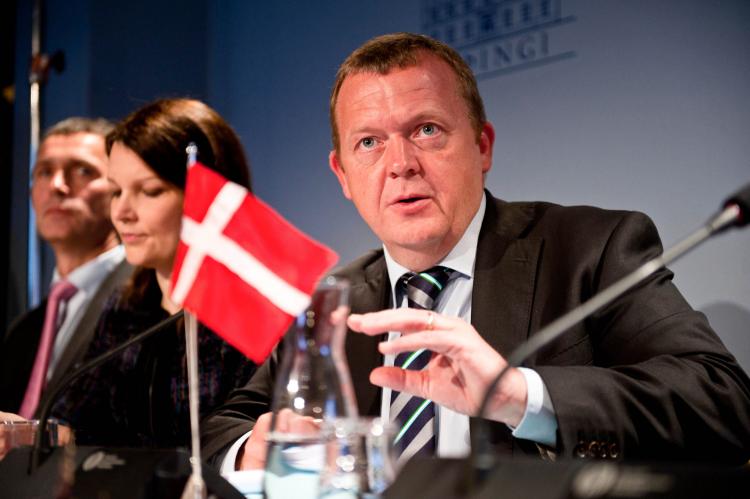In efforts to battle acute social and economic problems in Danish slums, Denmark’s Liberal-Conservative government has adopted a 32-point Ghetto Strategy to enforce strict integration laws of affected populations living in impoverished neighborhoods.
The Ghetto Strategy proposes making kindergarten attendance mandatory for children starting at age 3 who live in the targeted neighborhoods. The goal is to have children learn Danish early on, thereby avoiding many language barriers commonly found in ghettos. Kindergartens are also meant to facilitate interaction among Danish and non-Danish children thereby opening up ghetto kids to integration and to Danish culture.
The document defines ghetto areas as having two of the three following characteristics:
•40 percent or higher unemployment rate;
•270 out of 10,000 people or more have been convicted of crimes such as drug trafficking or illegal weapons possession;
•50 percent or more of the population consists of immigrants and refugees from non-Western countries.
{etRelated 39615, As part of the strategy, the Danish government wants to dissolve slums by encouraging middle-income families to move into the ghetto-defined areas. At the same time, new immigrants will be prohibited from settling into the ghettos and instead housing will be provided in middle to well-off areas.
“What it comes down to is that we have some areas where you can ask yourself the question whether it is Denmark at all … because Danish is only spoken by a minority in these places; because children are allowed to play in the street at night; because Danish standards regarding security, equal rights, the legal system, and respect for public authority don’t exist there,” said Danish Prime Minister Lars Lokke Rasmussen last week during his weekly press conference.
Rasmussen has also commented that the state has invested billions of kroner (US$1 = 5.50 kr) into the council housing areas over the last few years, but with little positive results. Although there is adequate housing, social and economic problems still abound, he said, thus spurring the need of tougher reforms such as the proposed Ghetto Strategy.
In order to battle youth crime and violence in the ghettos, Denmark’s government proposes adding a special police task force of 200 officers.
The government says another big problem it has identified is that in the ghettos there is a high rate of people who are physically fit to work but who live off state welfare. The Ghetto Strategy proposes tough measures to put pressure on welfare recipients to get jobs. Currently, Denmark has a relatively low unemployment rate of 6.9 percent.
Critics of the Ghetto Strategy argue that it is wrong to highlight and define ghetto areas because people living there will be stamped with an official ghetto label and treated as second-class citizens creating more of a social separation.
Denmark has a population of 5.5 million, of which 68,000 are living in 29 ghetto-defined areas. According to the Copenhagen Post, the number of slums nationwide grew at an astounding rate of 80 percent last year.






